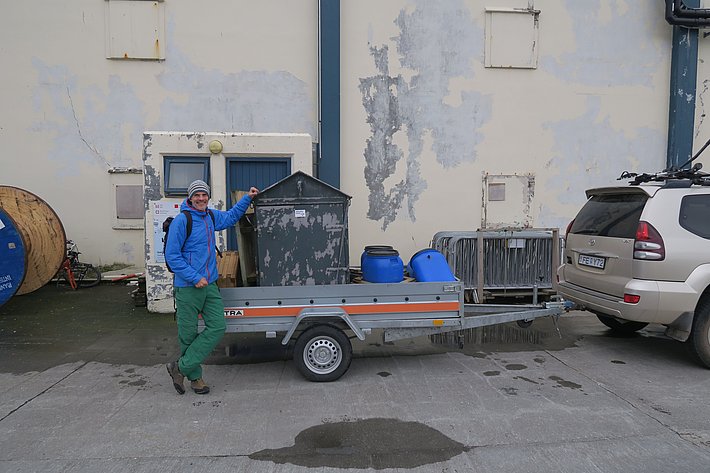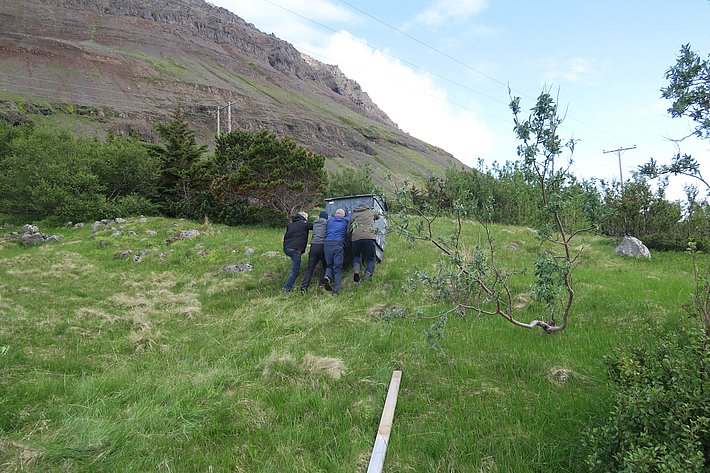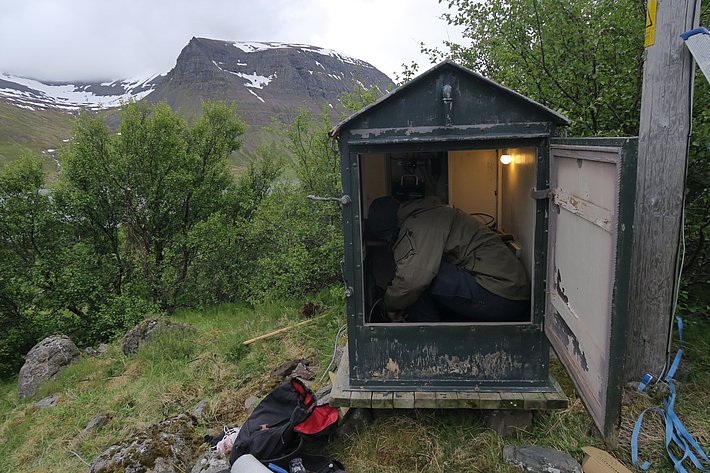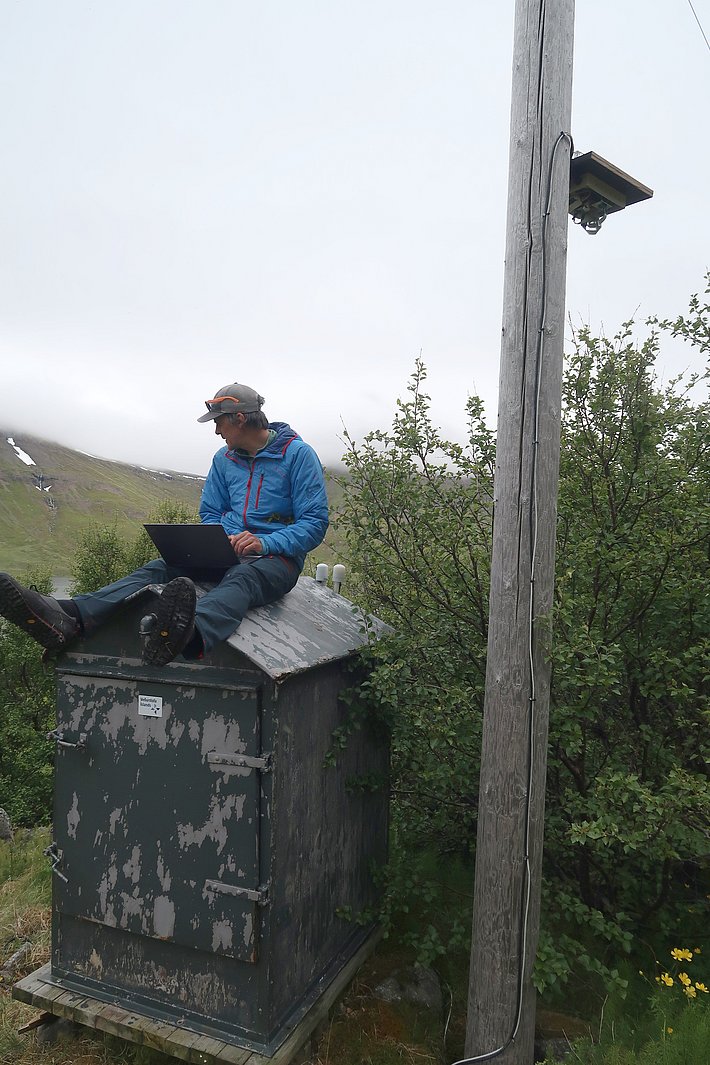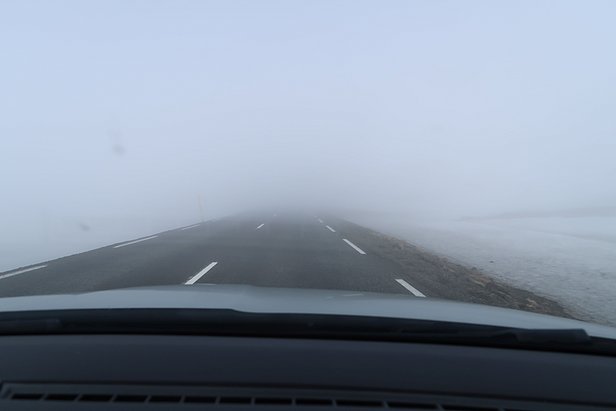21.07.2022 | Logbook
Author ¶
When and where do avalanches release? Researchers and avalanche forecasters are always trying to answer this question. In the past, we had to look out the window to get an answer, and half the time we couldn’t see anything. Nowadays, avalanche detection systems are starting to provide us this information, in real-time and under all weather conditions.
Alec van Herwijnen, head of the Avalanche Formation and Dynamics research group at the SLF, is spending a sabbatical in Iceland with his family. There he wants to investigate whether an avalanche detection system developed for Swiss mountains also works in Iceland - despite many volcanoes and earthquakes. The data obtained from Iceland will also help to improve the algorithms and thus the system.
At SLF, we therefore recently initiated a project to develop a new low-cost detection system combining seismic and infrasound sensors with the idea to automatically ‘feel’ ground vibrations and ‘hear’ low frequency sounds generated by avalanches at our field site above Davos. The goal of this SNF funded scientific exchange is to install a similar detection system in Iceland to collect independent validation data from a completely different area.
So why go to Iceland, isn’t this the land of fire and ice? Of course, but volcanoes are also mountains and avalanches are very common in Iceland. As a matter of fact, avalanche forecasters in Iceland were among the first to use an infrasound avalanche detection system. Due to the high winds and ice layers forming above the sensors, the system was not very effective though. My plan was to find solutions to these problems, and install the infrasound sensors at a different location with a seismic sensor, just like our system in Davos.
When my family and I arrived in Iceland after a three-day long ferry journey at the end of May, we immediately realized this place is different. It was foggy, windy, rainy, and freezing cold (only 2 degrees!). After travelling through northern Iceland for a week, seeing beautiful landscapes, countless volcanoes, and numerous hot springs, we arrived in Ísafjörður, our new home for the next few weeks. Ísafjörður is the largest town in the Westfjords, was traditionally a fishing village and is slowly transforming into a tourist hot-spot and a major cruise ship stopover. It is surrounded by steep mountains, countless avalanche path – severe snow storms in 1995 resulted in catastrophic avalanches on 16 January in Súðavík with 14 fatalities, and on 26 October in Flateyri with 20 fatalities – and it is home of the Snow Avalanche Centre of the Icelandic Meteorological Office.
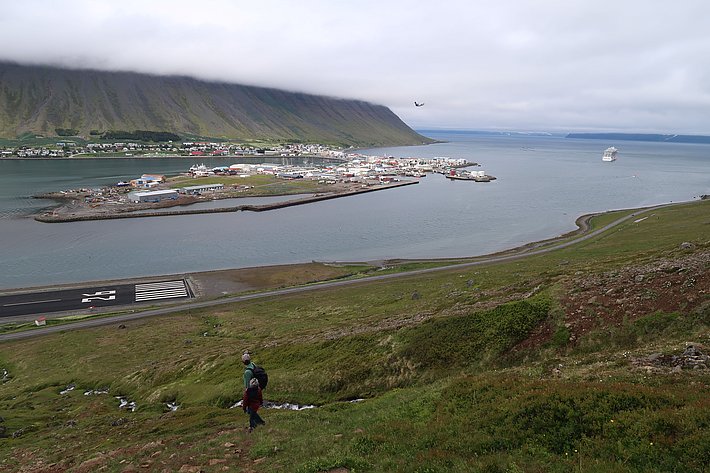
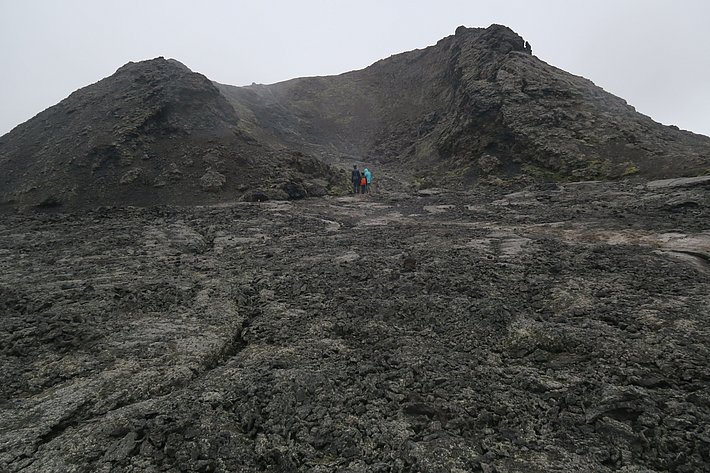
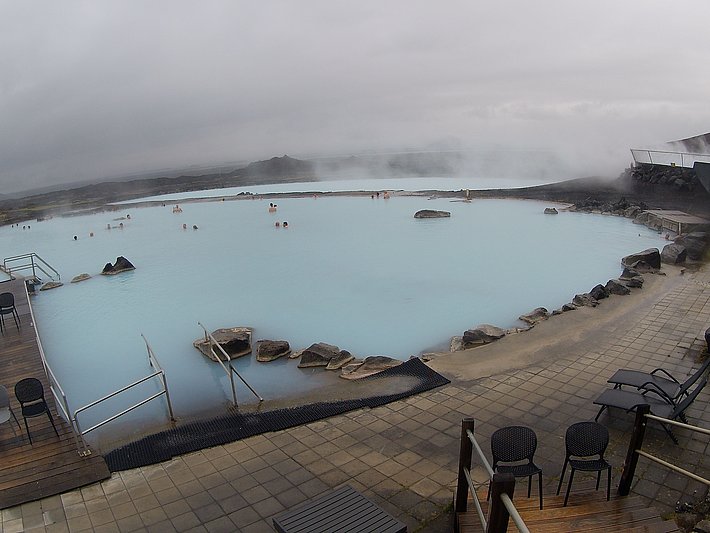
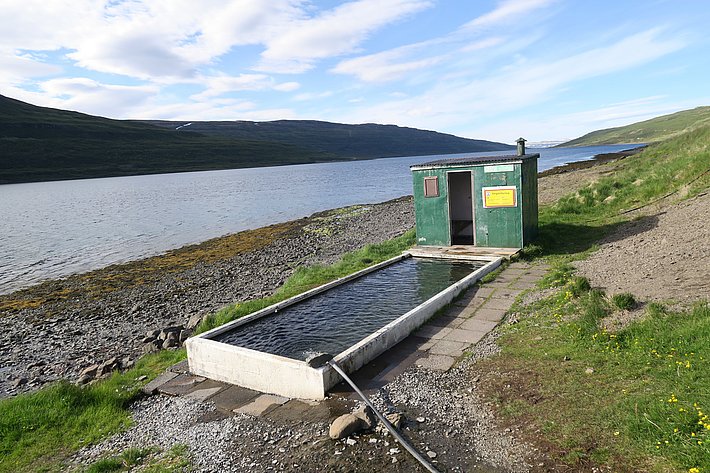
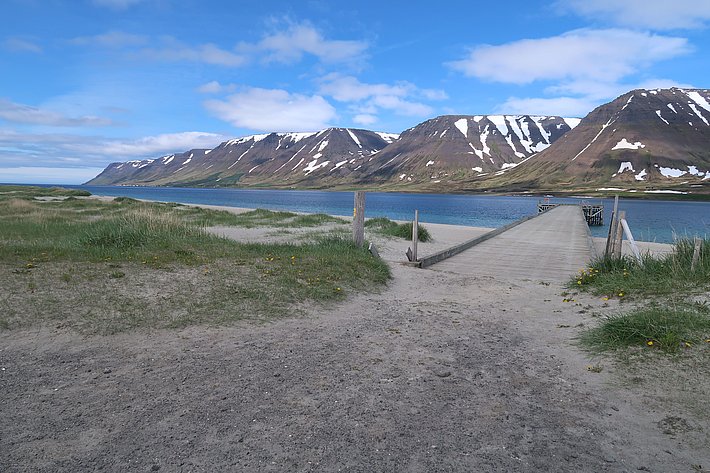
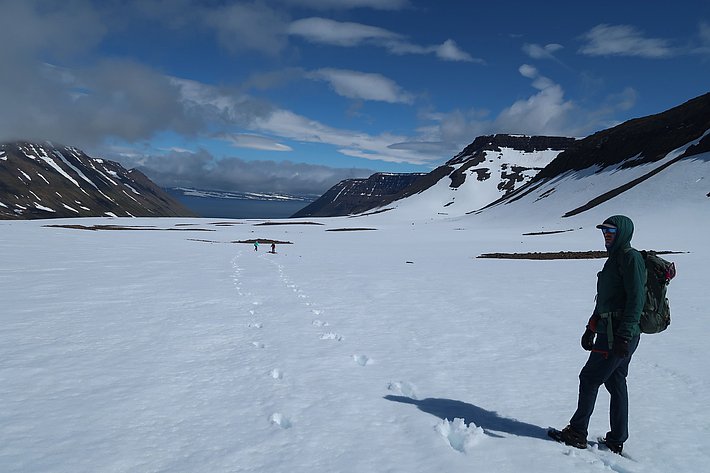
Although this June in Ísafjörður was the coldest in 30 years, we were comfortable in our warm little house and were happy we brought our swimsuits to enjoy the many natural hot springs the Westfjords have to offer. My first goal at the Snow and Avalanche center was to find a new location for the avalanche detection system. The beauty of avalanche detection systems is that they will tell you when and where avalanches released, without having to look out the window. However, automatically detecting avalanches in the countless seismic and infrasound signals that are recorded is not an easy task. For instance, earthquakes can ‘feel’ like avalanches, and we cannot ‘hear’ avalanches when the wind is howling. But wait a minute, isn’t Iceland a very windy place where the ground shakes all the time? Indeed it is, and this is exactly why I wanted to collect data here. To develop new algorithms to automatically find avalanches, we rely on data from our system in Davos. With the new system in Iceland, we will have completely independent data to evaluate how well our algorithms work. And if it works well in one of the worst places for avalanche detection systems, then we will be confident that it will work pretty much anywhere!
The new location for the detection system we chose a place called Skriða just before the town of Bolungarvík, northwest of Ísafjörður. It consists of a little forested area at the bottom of a valley surrounded by steep mountains. A perfect place to hide our sensors from the wind and freezing rain in winter, and close enough to the many avalanche paths in the area. The next step consisted of transporting the equipment to the site and installing the system. To my surprise, the equipment also included a little troll house to protect the electronics. It even came with a nice door and a little light inside! After rolling it up the mountain and over numerous rocks, we buried our sensors, laid down our cables, and hooked up everything comfortably in the troll house. I also installed a camera system I had brought from Davos, so we can see the avalanches in winter on the images that are streamed to our platform. A very nice setup indeed, and all we need to do now is wait for winter to start so we can collect good data. Having experienced the weather in the Westfjords, I’m sure this will not take long...
